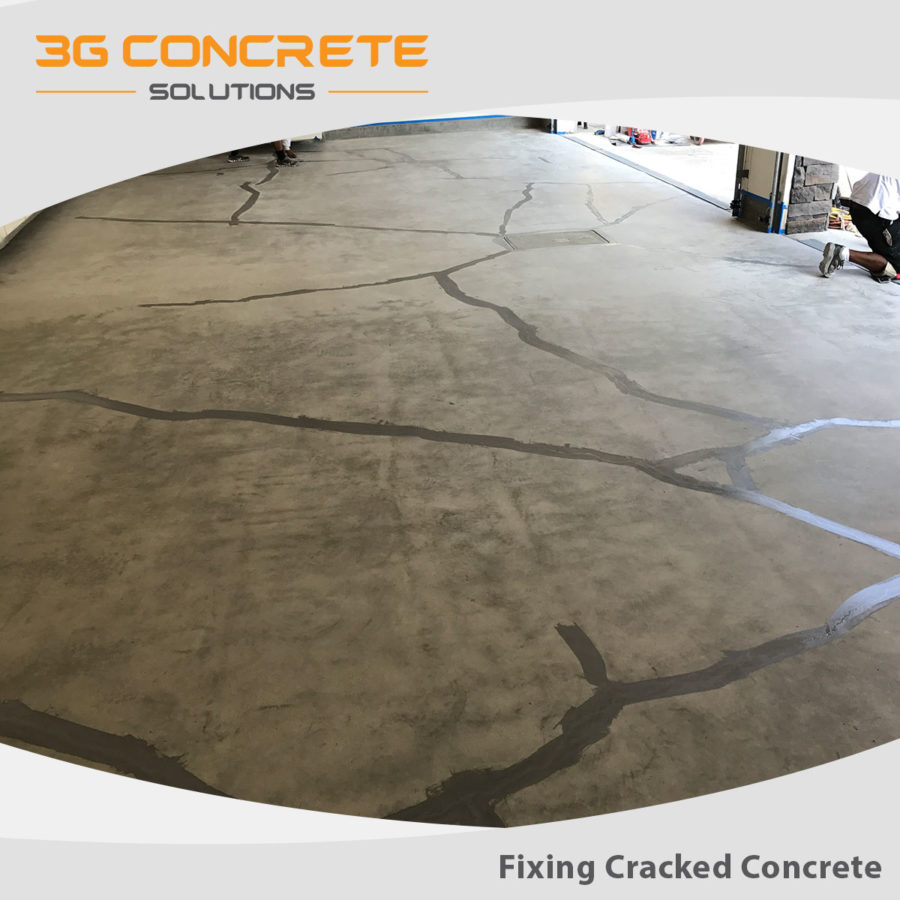
What are the Different Types of Concrete Cracking?
Ask any expert contractors about concrete flooring and they’ll tell you that concrete is guaranteed to crack in the long run. While concrete might be all about strength and rigidity, concrete cracking is extremely common. It is indeed one of the most durable product and concrete contractors have an extensive list of guidelines to follow while installing concrete. Some of the most common reasons behind cracks in concrete are:
- The proportion of water added in the mix
- Swift drying of the slabs using chemicals
- Inappropriate strength concrete poured
- Mixture poured on to a frozen ground
The Types of Cracking
1. Shrinkage cracking
This occurs mostly due to the moisture content in the concrete. There are two types of shrinkage found in concrete installations and they are Initial shrinkage and plastic shrinkage. Initial shrinkage appears due to drying out of moisture and is considered to be the main reason behind cracking in structure. As for plastic shrinkage happens soon after the concrete has been placed due to high evaporation rates.
Shrinkage cracking can be prevented with the right proportion of water-to-cement ratio. Any material that consists of water is known to shrink as the water dries and as is the case with concrete. Cracking and curling are the two main issues caused by shrinkage. You’ll notice that the concrete starts cracking at the weakest of spots, typically after 12 hours depending on the weather conditions.
2. Structural cracking
This is usually found on older structures and they can appear in wall beams, foundations as well as slabs. They appear wider than 3mm in length depending on the weight of the structure and the force of the wind. Concrete is not something that can flex and hence it leads to cracking in different widths and directions. If the crack spreads too wide or becomes too high, it can cause the danger of tripping. The good thing about structural cracks is that they can mostly be repaired using a wider blade to fill the crack using repair material. But, the cracks will remain visible. An alternative option is to inject filler with matching the color to the concrete. This will prevent the crack from getting larger and visible.
3. Craze cracking
This is usually spotted like alligator skin cracking in an aesthetic manner. Although such cracking covers a larger area, it doesn’t cause any structural issues. This is caused due to the surface getting dry and moisture gets trapped in the slab. Craze cracking occurs due to weather conditions that are dry, hot and windy. Customers are often upset with craze cracking in comparison to the others listed above because these are highly visible, especially when it comes to polished concrete.
There are repair methods available to get the cracks less visible, but there are no ways to get it to disappear. It’s always best to discuss with the customers in advance about concrete flooring, their pros, and cons. It’s imperative to educate your customer prior to taking up the project. Always ask an expert and learn more about concrete cracking before getting started on the project.
Call us at 714-499-7386 to get a FREE estimate! We actively service Orange, Los Angeles, Riverside, San Bernardino, and San Diego County.





